Are there any ancient Jewish Manuscripts that read “she will crush the serpents head” in Genesis 3:15?
I’ve been researching the origin of the “she shall crush” reading (as found in the Latin Vulgate) and wondering if there’s any actual support for it in ancient Jewish manuscripts or interpretations. I’ve come across three areas of interest that I’d love help clarifying:
- Philo of Alexandria – Some claim Philo argued that the structure of the Hebrew in Genesis 3:15 demands a feminine reading. Taylor Marshall references this idea but doesn’t footnote it, so I went digging. In On the Creation, section LXVII (188), Philo comments:
“And the expression, ‘He shall watch thy head, and thou shalt watch his heel,’ is, as to its language, a barbarism, but, as to the meaning which is conveyed by it, a correct expression. Why so? It ought to be expressed with respect to the woman: but the woman is not he, but she…”
Maimonides – I’ve also seen claims that Moses Maimonides said Genesis 3:15 teaches that the woman shall crush the serpent’s head — that Eve defeats the serpent by crushing its head, while he strikes her heel. Here: https://www.sacred-texts.com/jud/gfp/gfp117.htm
Kennicott Manuscripts (227 & 239) – Some older Catholic commentators (e.g. Cornelius a Lapide) claimed that certain Hebrew manuscripts in the Vatican library supported the feminine pronoun הִיא (she) instead of the standard הוּא (he) in Genesis 3:15. However, Dr. Mark Francois recently examined these manuscripts and confirmed they actually contain the standard masculine reading. His write-up debunks the idea that these codices support the Vulgate’s ipsa conteret reading: https://markfrancois.wordpress.com/2021/02/05/kennicot-227-and-239-היא-vs-הוא-in-genesis-315/comment-page-1/#respond
So here’s my question: Are there any legitimate ancient Jewish manuscripts — Hebrew, Aramaic, or otherwise — that contain a feminine reading in Genesis 3:15 (“she shall crush the serpent’s head”)? Or is this entirely a Latin/Vulgate development retroactively read back into Jewish sources?
Would love to hear from anyone who’s looked into this or knows of lesser-known manuscript variants.




